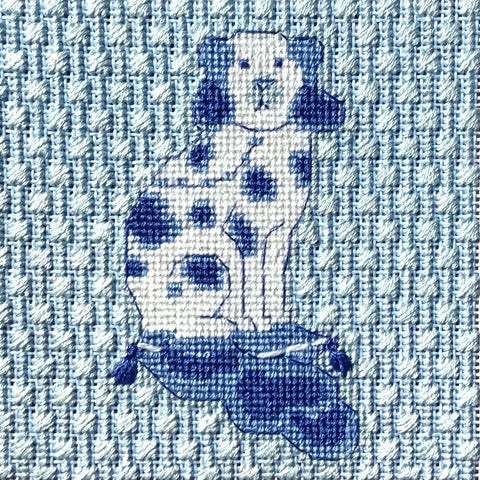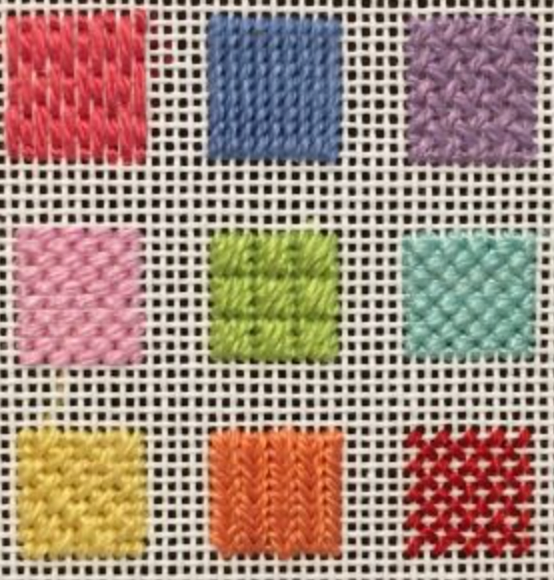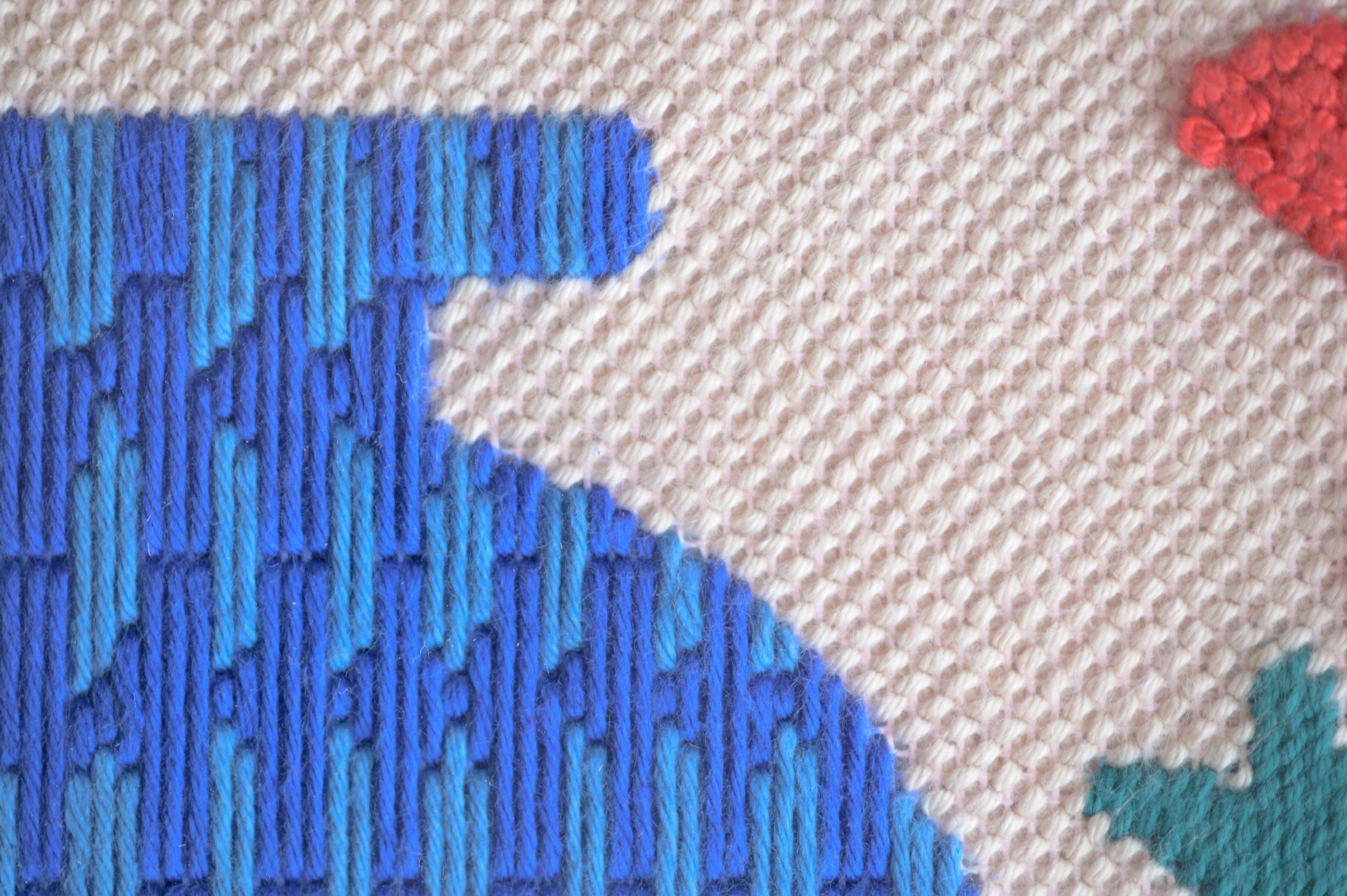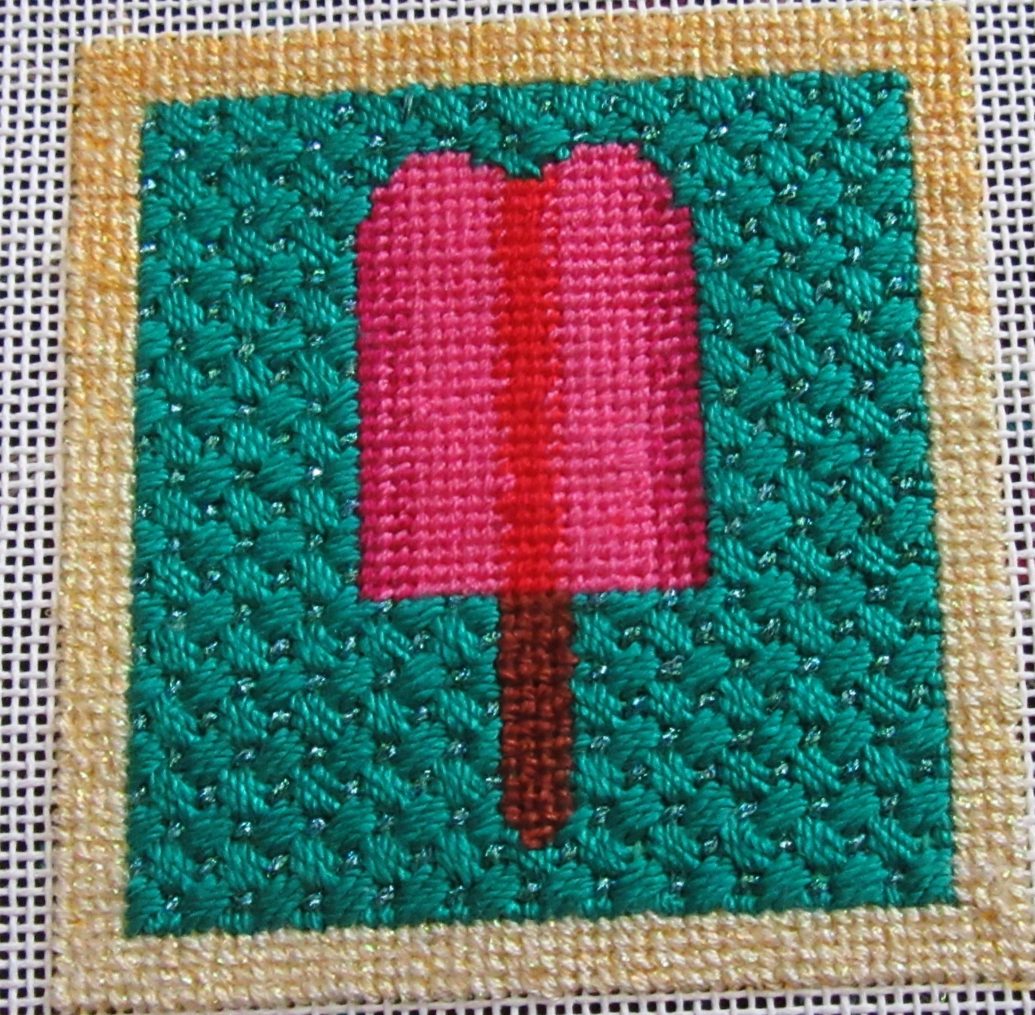Needlepoint stitching is more than just a craft—it’s an art form that allows us to express our creativity and transform a simple piece of fabric into a stunning piece of decor. As an avid needlepointer for over a decade, I have found that incorporating decorative background stitches can significantly enhance the aesthetic appeal of any project. In this comprehensive guide, we will delve into the world of decorative background needlepoint stitches, exploring techniques, patterns, and tips to elevate your needlepoint game.
What are Decorative Background Needlepoint Stitches?
Decorative background stitches are specialized stitches used in needlepoint to fill in the background of a design, adding texture, depth, and visual interest. Unlike the main motifs, these stitches can often be more abstract and creative, allowing your imagination to run wild! Using background stitches not only enhances the overall look but can also turn an ordinary piece into a work of art.
The Importance of Background Stitches
- Visual Depth: Background stitches provide a rich backdrop that can make the foreground design pop.
- Texture: Different stitches create varied textures, which can add dimension to your work.
- Color Play: Background stitches allow for experimenting with color combinations that can unify or contrast with the main design.
Types of Decorative Background Needlepoint Stitches
There are numerous decorative stitches to choose from, each suitable for different effects and projects. Here’s a detailed look at some of the most popular decorative background stitches.
1. Basketweave Stitch
The basketweave stitch is a classic choice for filling backgrounds. It consists of a simple interlacing pattern that resembles a woven basket.

Pros:
- Easy to learn, making it great for beginners.
- Creates a flat, neat finish.
Cons:
- Can appear too uniform for some designs.

2. Scotch Stitch
This stitch is characterized by its diagonal pattern and is fantastic for adding interest and movement to a background.
Pros:
- Dynamic and visually appealing.
- Allows for creative color combinations.

Cons:
- May require more thread than simpler stitches.
3. Tent Stitch
Perhaps the most basic needlepoint stitch, the tent stitch fills in areas without overwhelming the main design.

Pros:
- Quick to execute.
- Provides a solid background without competing for attention.
Cons:
- Less texture compared to more intricate stitches.

4. Diagonal Gobelin Stitch
The gobelin stitch creates a rich tapestry-like texture, making it ideal for larger areas.
Pros:
- Creates a plush, luxurious feel.
- Hides canvas well, perfect for larger projects.

Cons:
- Time-consuming compared to simpler stitches.
5. Smyrna Cross Stitch
This stitch adds a unique twist to traditional cross-stitching and is excellent for creating intricate patterns in the background.

Pros:
- Visually striking and dimensional.
- Versatile and can be used for both background and motifs.
Cons:
- Complex for beginners.
Comparing Decorative Background Stitches
| Stitch Type | Complexity | Texture | Best Use |
|---|---|---|---|
| Basketweave | Easy | Flat | Beginners, plain backgrounds |
| Scotch | Medium | Textured | Dynamic backgrounds |
| Tent | Easy | Flat | Quick fills |
| Diagonal Gobelin | Advanced | Plush | Large areas |
| Smyrna Cross | Advanced | Dimensional | Intricate backgrounds |
Choosing the Right Stitch for Your Project
When deciding on which decorative background stitch to use, consider the following factors:
- Project Size: Smaller projects may benefit from simpler stitches, while larger pieces can handle more intricate techniques.
- Desired Texture: Think about the feel you want to achieve. For a flat look, go for basketweave; for something plush, opt for diagonal gobelin.
- Time Availability: If you’re on a tight schedule, simpler stitches will save you time.
Expert Tips for Successful Needlepoint Backgrounds
From my experience, here are some tips that can help you master decorative background stitching:
1. Practice Makes Perfect
Try each stitch on a scrap piece of canvas before committing to your project. This practice will help you gauge your proficiency and the look of each stitch.
2. Color Theory Matters
Understanding color theory can greatly enhance your project. Consider the color wheel when selecting thread colors; contrasting hues can make your design pop!
3. Tension is Key
Maintaining even tension is crucial for a uniform look in your background stitches. If your stitches are too tight or too loose, it can distort the overall design.
4. Use Quality Materials
Invest in high-quality threads and canvas. They make a significant difference in the ease of stitching and the final appearance of your work.
Decorative Background Needlepoint Patterns
Looking for inspiration? Here are a few patterns that beautifully incorporate decorative background stitches:
1. Floral Motifs with Basketweave Background
This pattern features vibrant floral designs surrounded by a simple basketweave stitch. The contrast ensures the flowers stand out.
2. Geometric Designs with Scotch Background
A modern geometric piece with scotch stitches creates an energetic background, perfect for contemporary decor.
3. Natural Landscapes with Diagonal Gobelin
Landscape designs filled with diagonal gobelin stitches add a rich, textured feel, mimicking natural elements.
Common Questions About Decorative Background Needlepoint Stitches
What is the easiest decorative stitch for beginners?
The tent stitch is often recommended for beginners due to its simplicity and speed.
Can I mix different background stitches in one project?
Absolutely! Mixing stitches can create unique textures and visual interest, but make sure they complement each other.
How do I fix mistakes in my needlepoint?
Unraveling the affected area and re-stitching is often the best method. However, you can also creatively incorporate mistakes into your design!
Conclusion
Incorporating decorative background needlepoint stitches into your projects can significantly enhance their beauty and depth. Whether you choose a simple basketweave or an intricate diagonal gobelin, the right stitch can elevate your needlepoint from ordinary to extraordinary. Remember to practice, experiment with colors, and most importantly, enjoy the process. Happy stitching!